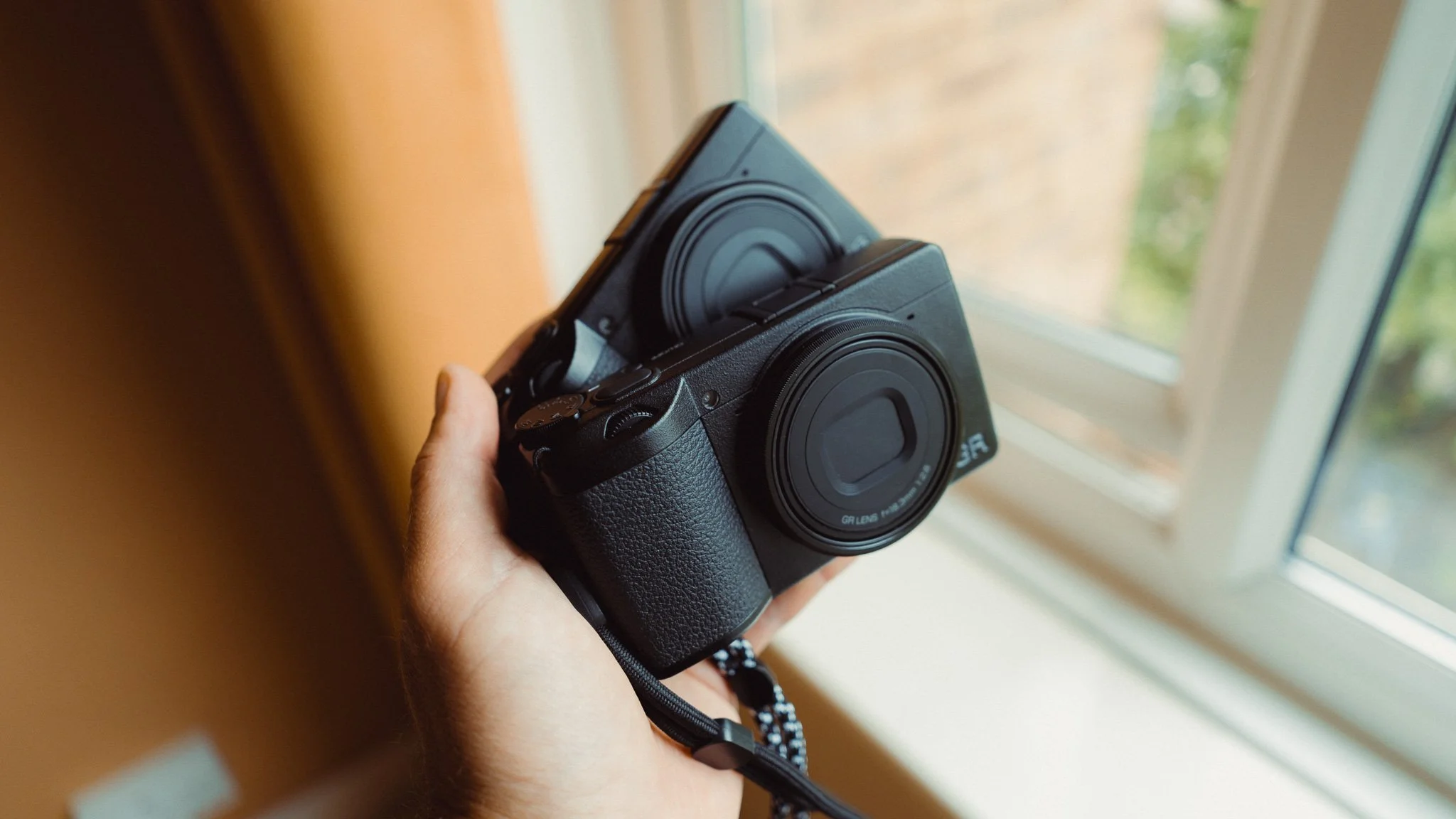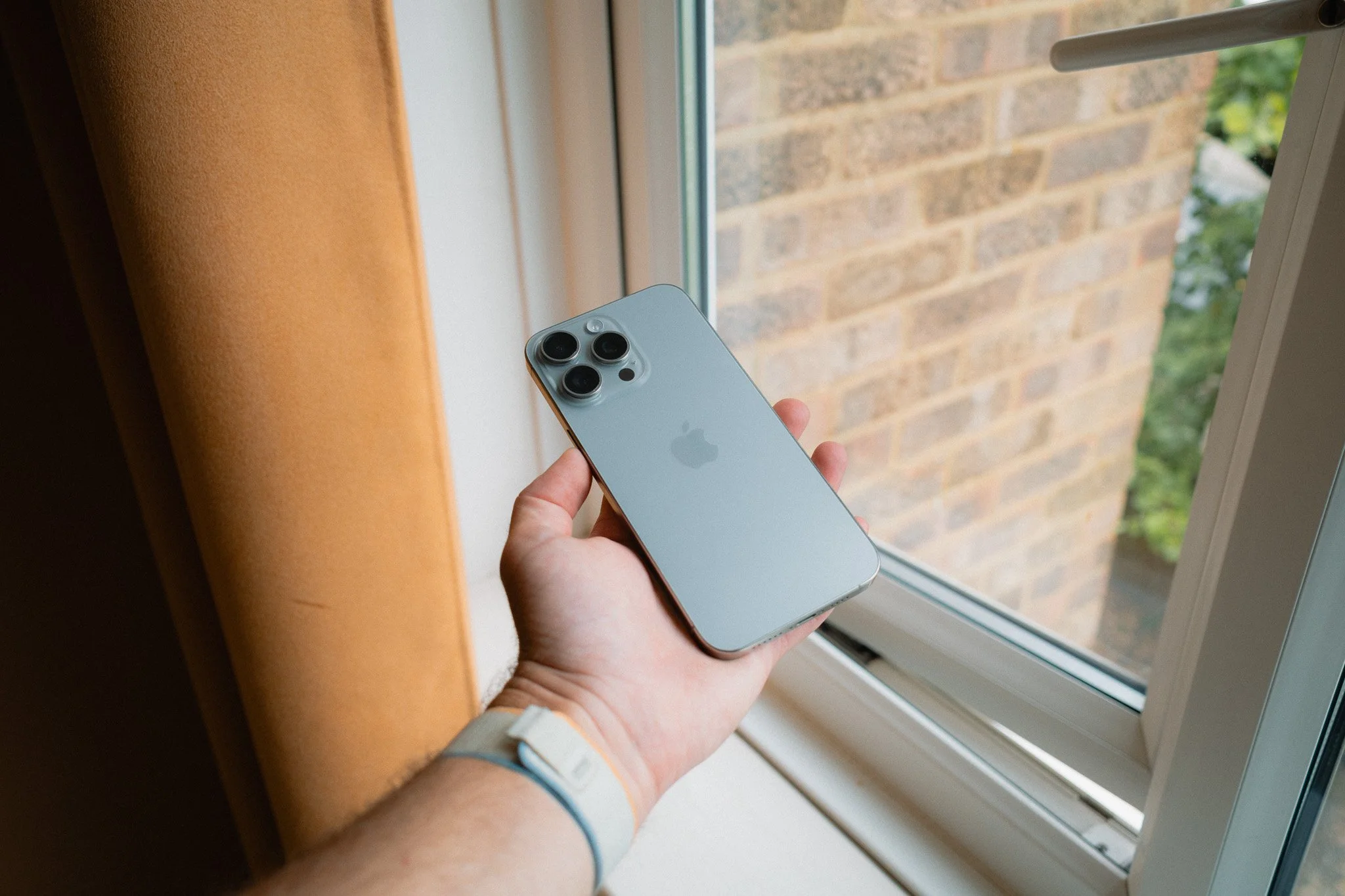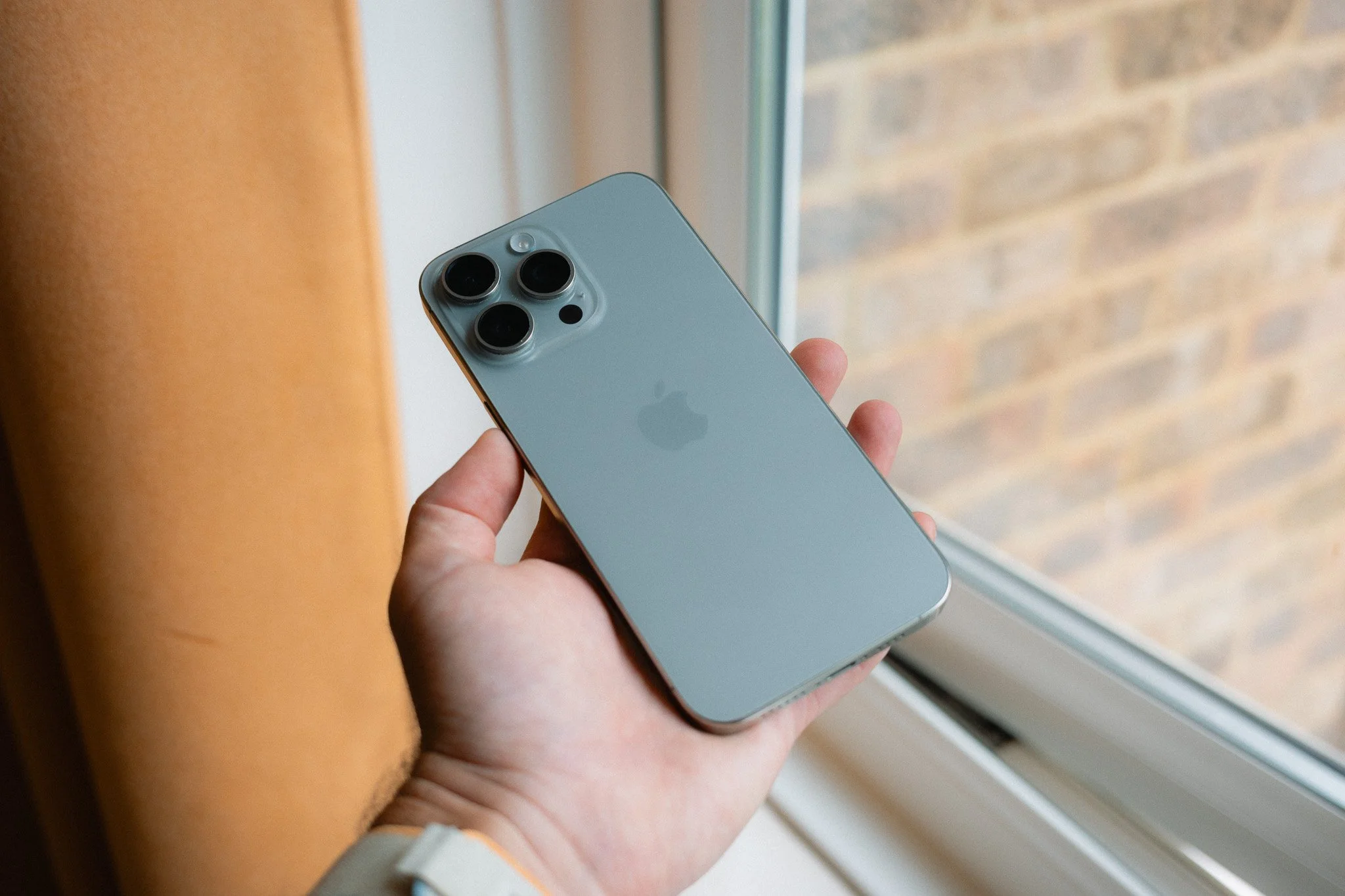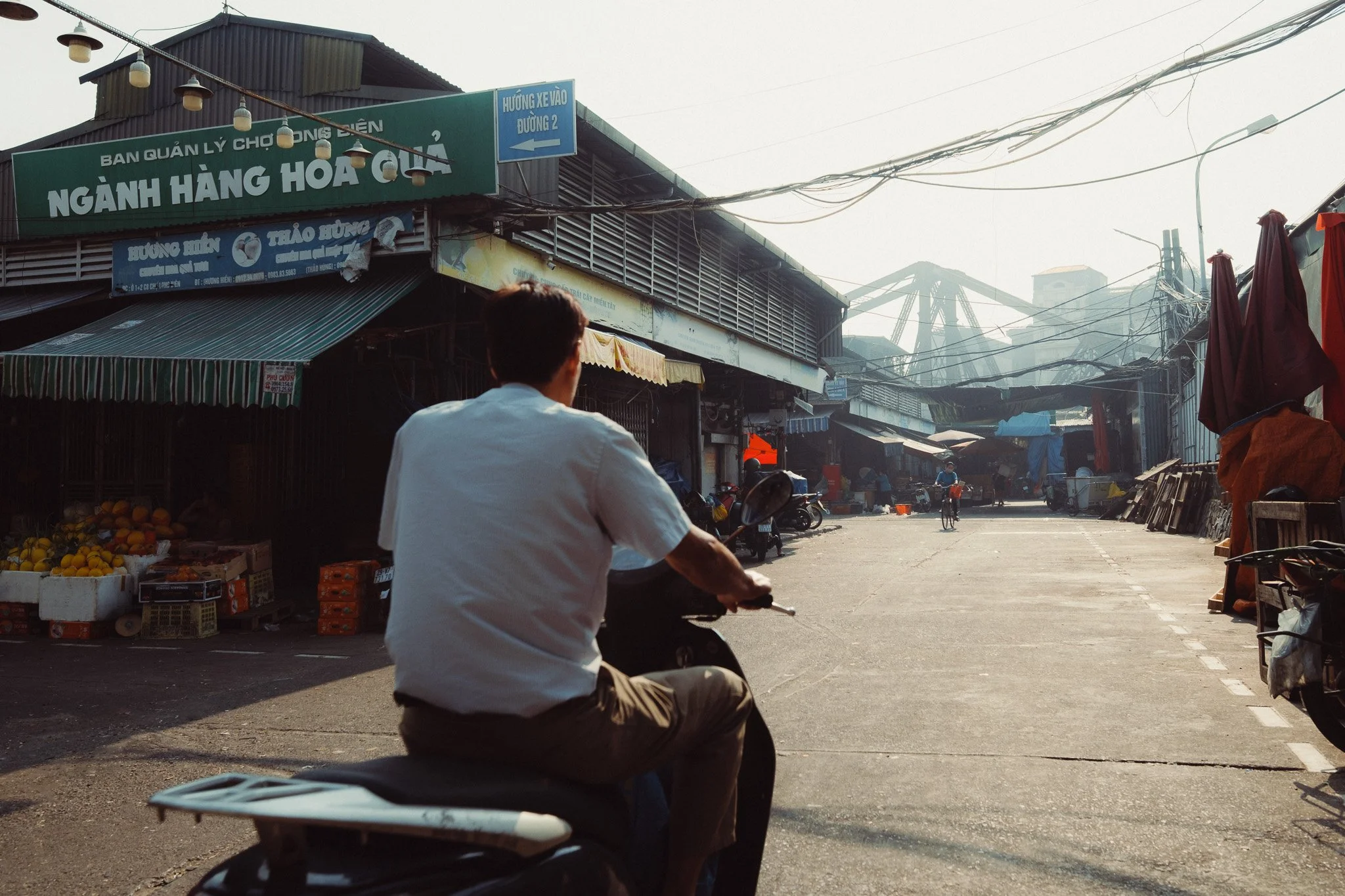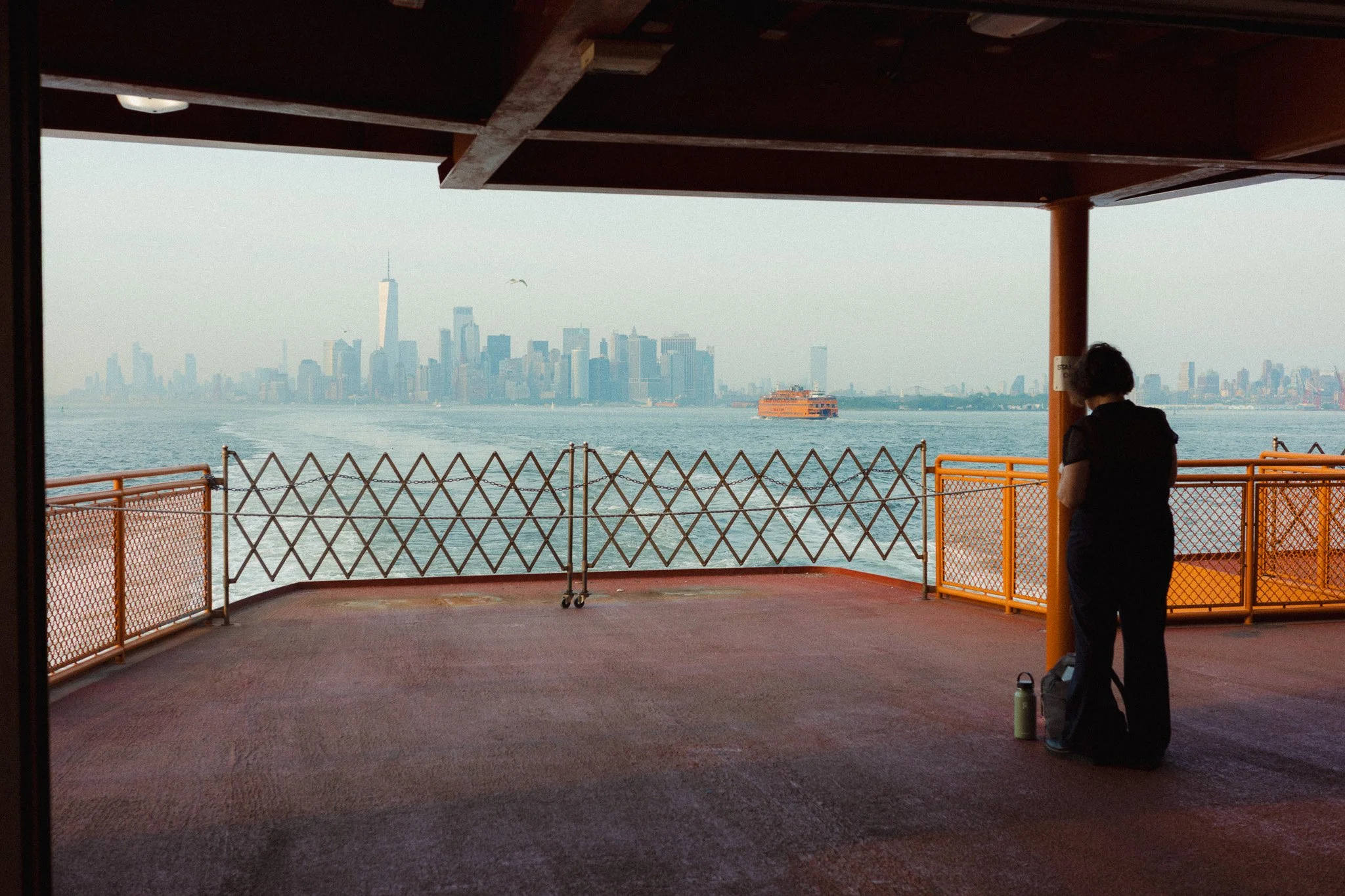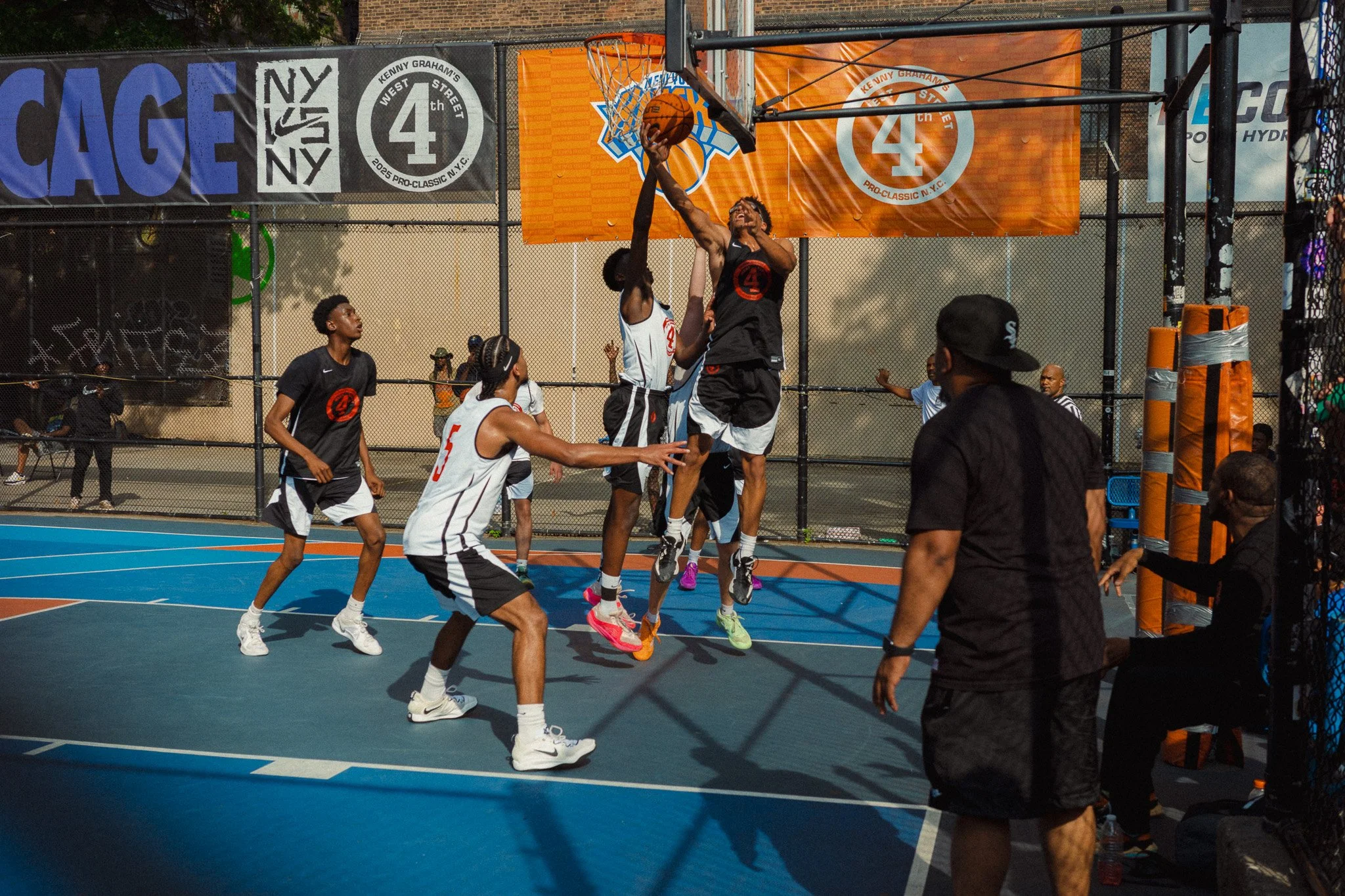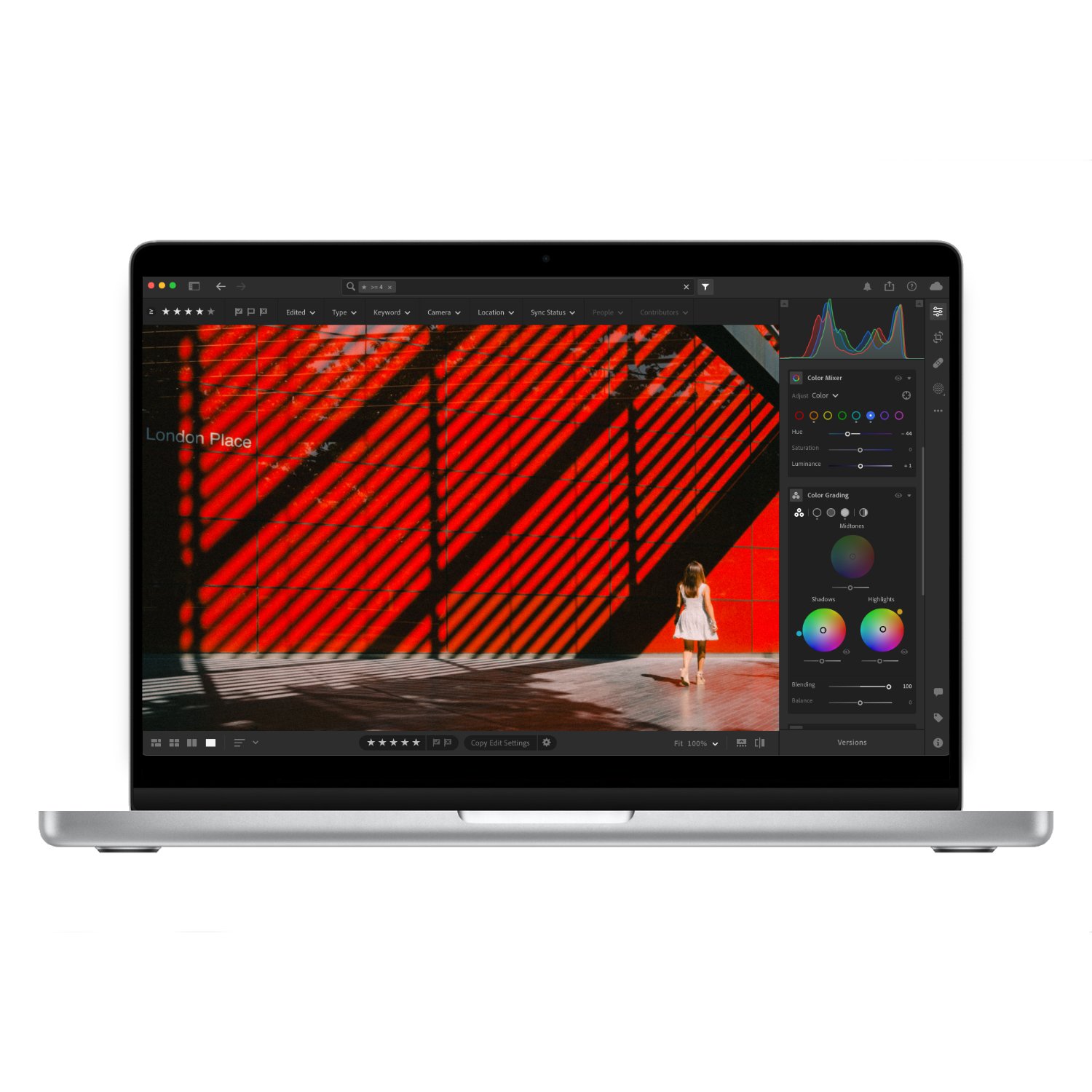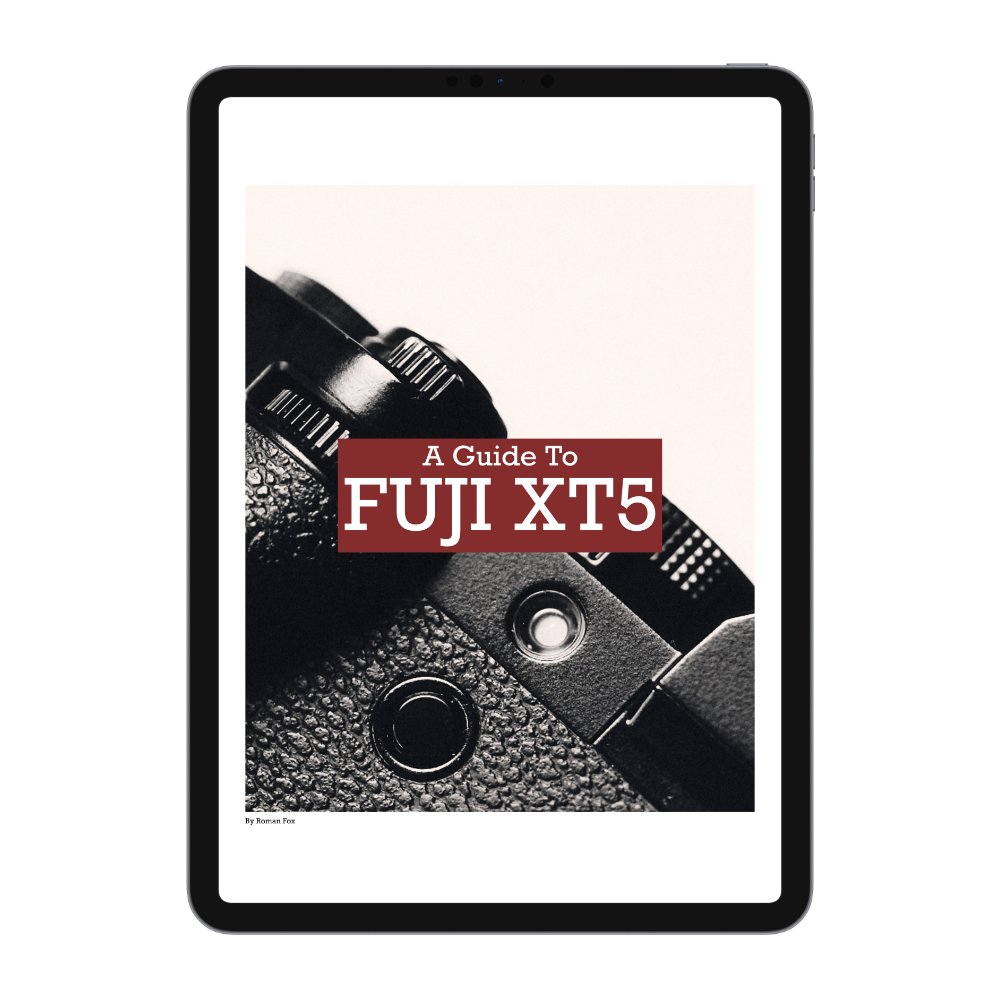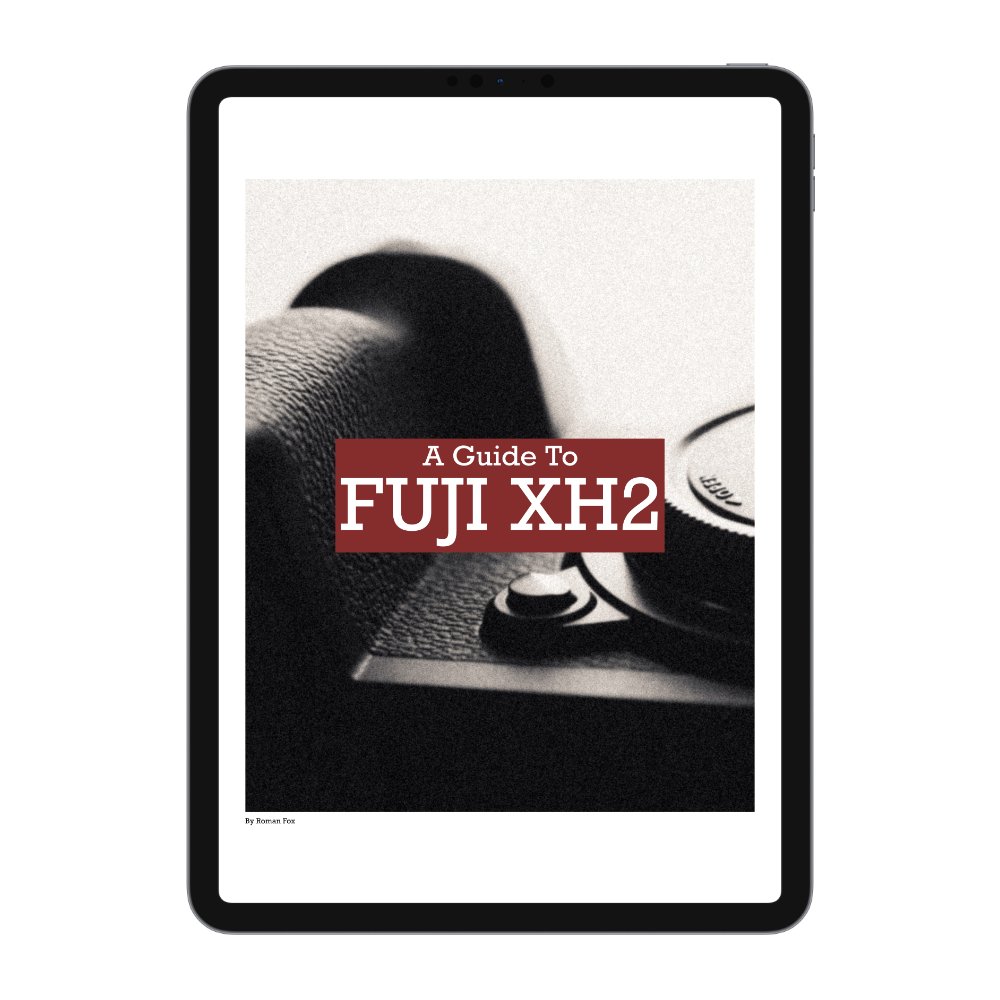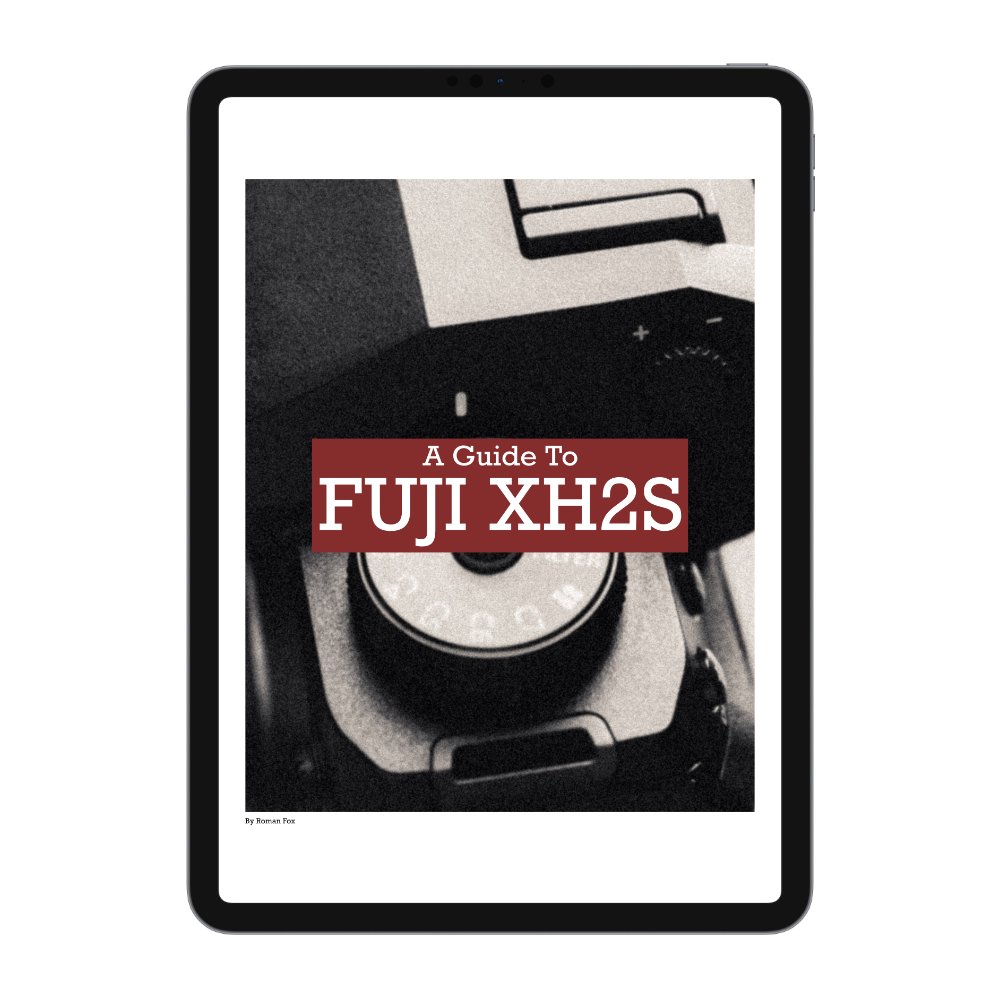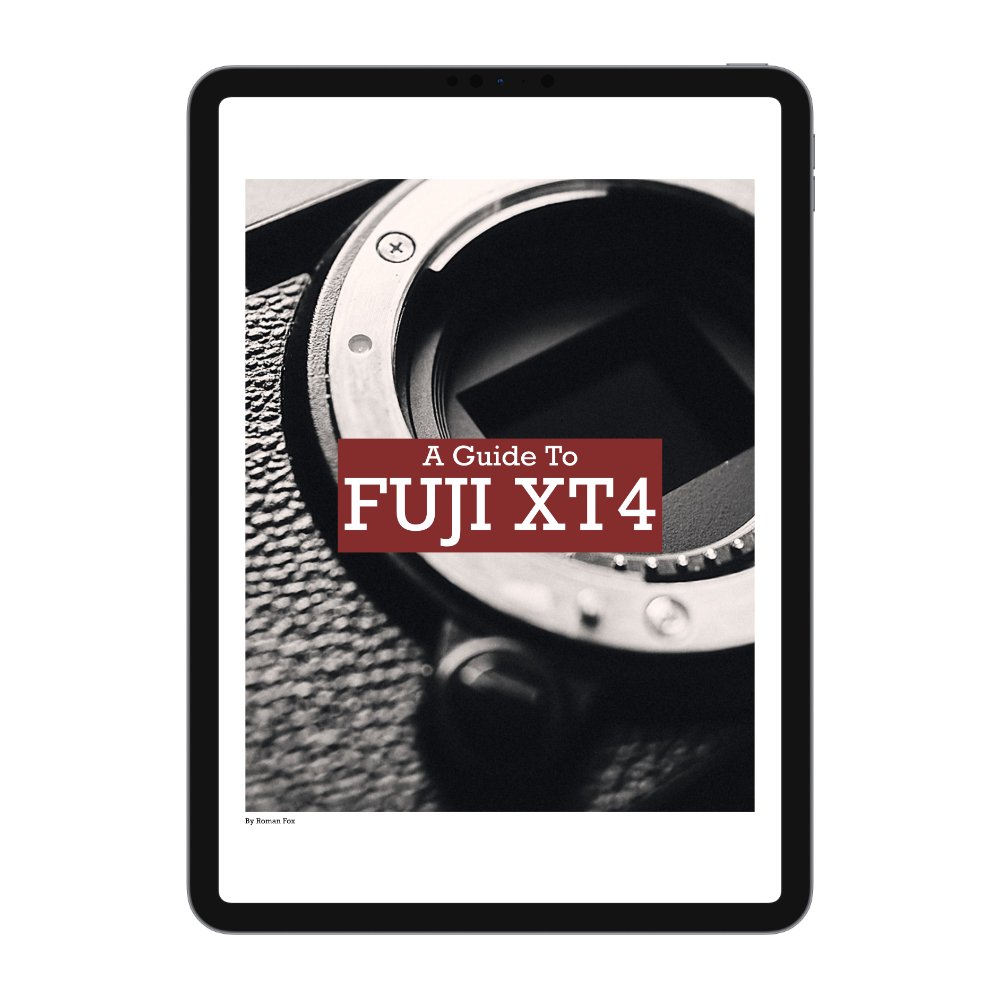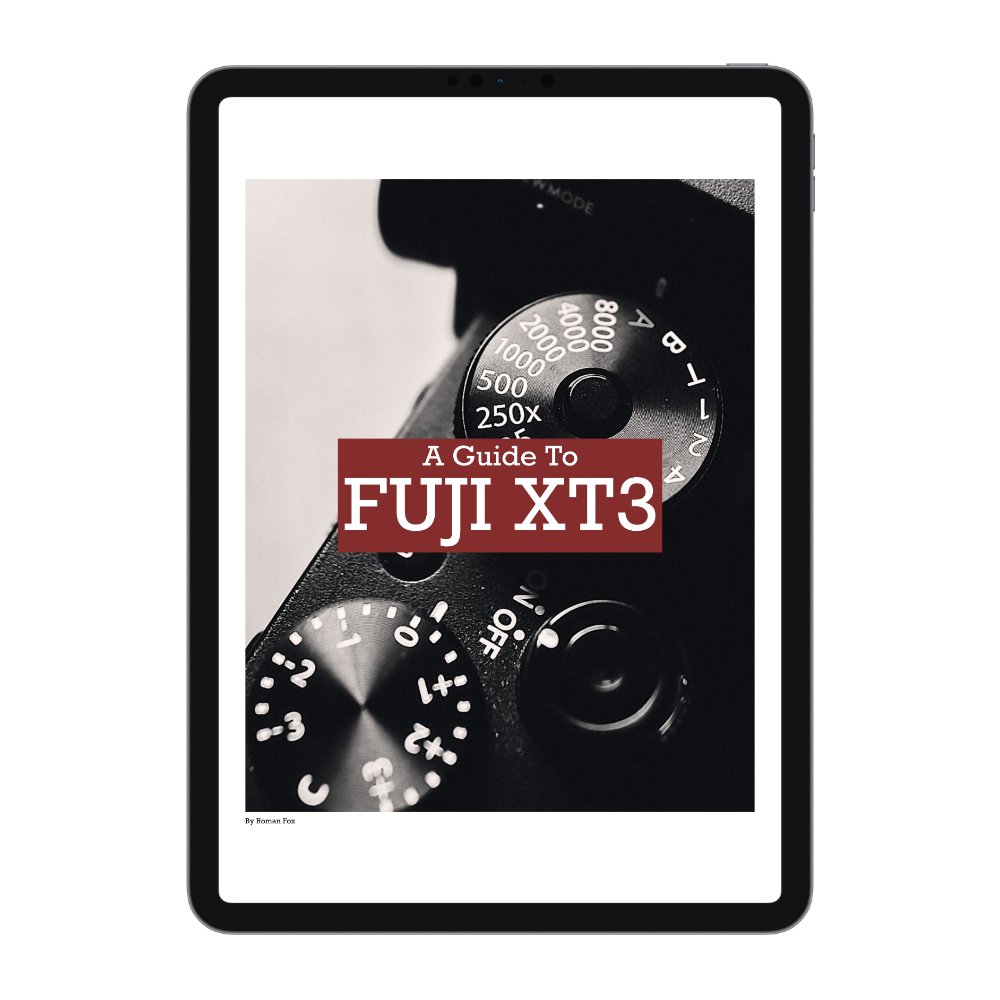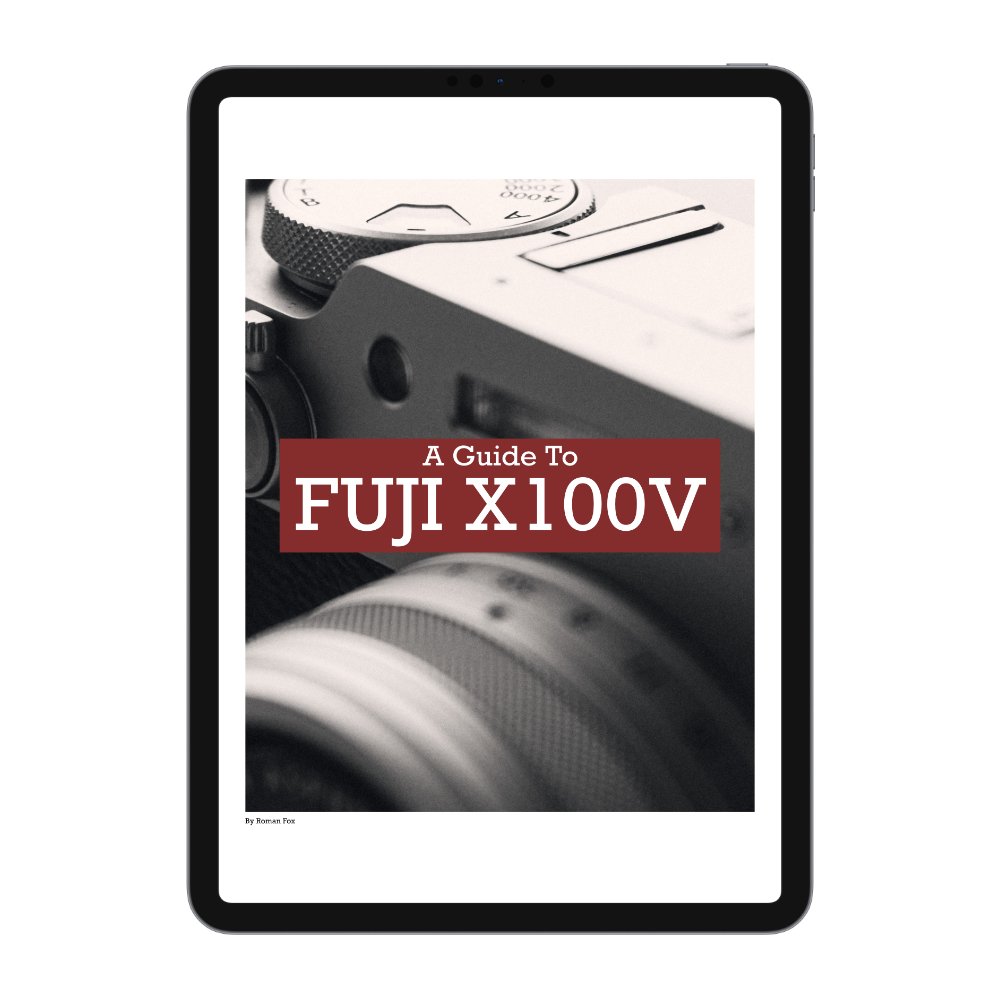Ricoh GRIII VS GRIIIX - Which One To Get?
In this blog, I will try to answer a common question from potential Ricoh GRIII buyers. Do I get the GRIII, or the slightly tighter GRIIIx? Having owned both, and used them in conjunction, I feel I am in a good place to answer this question and help you.
What’s The Difference?
This is very straightforward. The GRIII has a wider focal length equating to around 28mm in full-frame terms. The GRIIIx has a tighter focal length equating to around 40mm in full-frame terms. While the difference might not seem big, when it comes to real-world use, it can be pretty significant. Other than the focal length, the cameras are identical.
GRIII - 28mm
GRIIIx - 40mm
Why People Buy Ricoh?
Before getting into specifics, let’s first understand who buys the Ricoh. Knowing where you sit personally will help guide you to the right model. Having met plenty of Ricoh owners, it’s safe to say there are three key customers. The first person is someone who wants a compact daily carry to document what they are doing. For most people, their phones fill this role; however, many people don’t enjoy using their phone and want better quality. They will use the Ricoh to take photos of their lunch, friends, family events, days out, and anything they come across in their daily life. The second person is someone who’s a serious photographer and owns a selection of larger camera gear. They want a small and capable camera that they can take with them on days when they don’t want their bigger set-up. They might also want to take the Ricoh on bigger trips as a backup. The last user is a street photographer who wants a simple, compact, and inconspicuous system.
When To Get GRIII?
If your primary use case for the Ricoh is to document your life, days out, family events, or trips with friends, then I would recommend the wider GRIII. The 28mm focal length is perfect for a POV view of your life. You can shoot anything that’s in front of you without needing to step back. You can also include much more of the location compared to the 40mm version. I tried using the GRIIIx for this purpose and it always felt too tight, too claustrophobic, and I often had to take some steps back. If you’re a professional photographer, the 28mm focal length would be perfect for documenting any BTS from your shoots for memories or socials.
For those who enjoy street photography, 28mm is an incredibly immersive focal length that will put the viewer shoulder to shoulder with you. It’s messy, chaotic, and often challenging. However, if you master this focal length, you can create some of the most immersive images. If you’re the type of photographer to get stuck into the scene, get right in the middle of the action, interact with your subjects, and get everyone involved, the 28mm is for you. As for locations, if you often shoot in tight and busy places, the 28mm might be a better option.
When To Get GRIIIx?
The GRIIIx gives you a totally different experience. Where the 28mm puts you and your viewer right in the middle of the scene, the 40mm in the GRIIIx keeps you just outside of the action, but close enough not to lose context. If you prefer to be an observer from a distance, you don’t like to get involved with your subjects, or perhaps you’re introverted and want to avoid interaction, then 40mm is the focal length for you. You will find this focal length much easier to compose with due to having less in frame. You will find it easier to focus on smaller details due to having fewer distractions to deal with, and you will find it easier to isolate subjects. If you shoot in more open places, then you might find the 40mm focal length easier to handle. Lastly, if you take a lot of portraits, you might find the 40mm focal length more flattering when it comes to faces.
In my opinion, the GRIIIx is more aimed at people who specifically like the 40mm focal length and want it in a smaller package they can stick in their pocket. Whether it’s travel, street, or portraiture, the focal length is what attracts people.
Ricoh GRIII Guide
If you’re finding this blog useful, and wish to learn more about setting up your GRIII / GRIIIx, then please check out my in-depth guide. Learn how I set up the camera, and how to squeeze the most out of it. By purchasing this guide, you’re directly supporting my work and helping keep this blog ad-free. Thank you.
Still Not Sure?
If you’re still unsure which to get, I have a very simple test that should help. If you often take photos on your phone of whatever it is you’re doing, and you use the standard lens most of the time, then get the 28mm. If you find that you often zoom in, or use the tighter lens on your phone, then perhaps look at the GRIIIx. Another thing you can do is load up your entire photo catalogue, and filter by the images you like the most. Pick around 100 photos that you think are good, and then filter by the focal length. If most of your images are 35mm or less, then go for the 28mm. If they are more than 35mm, then the 40mm might be a better option.
When to Get Both?
There will be a small group of people who will benefit from owning both. If you absolutely love the Ricoh GR system, and can’t see yourself using another brand, then having both will give you a lot of creative freedom. If you’re going on a big trip and want to cover all ground, then it makes sense to have both cameras. They take up little room, act as a backup, and give you more options.

